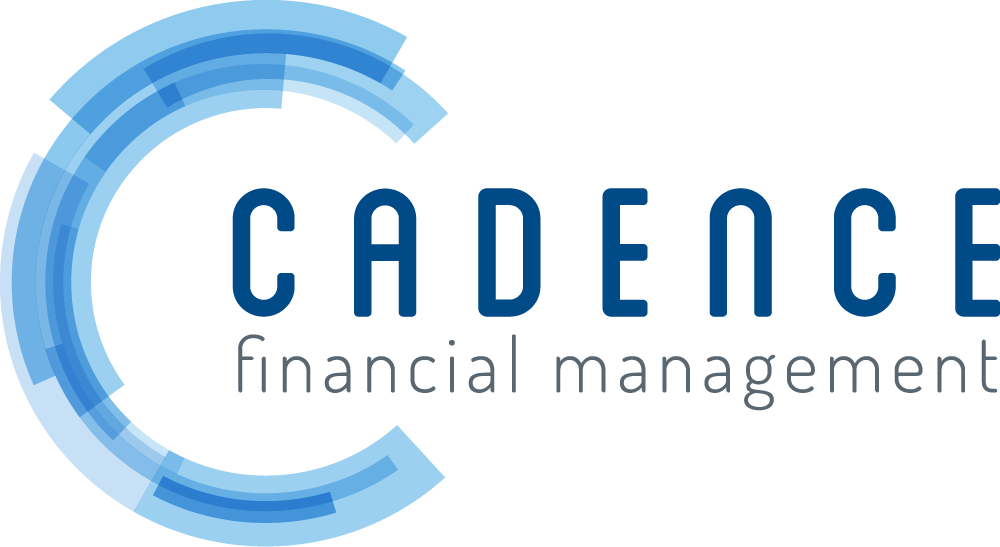Closing the Auto-Escalation Gap
High participation rates don't always translate to high deferral rates. According to the 2022 Callan Defined Contributions Trend Survey, three-quarters of DC plans offer auto-enrollment, while only two-thirds provide an auto-escalation feature. This discrepancy is concerning, as deferral increases over time are critical in helping participants achieve their retirement savings goals. Stagnant contribution levels contribute to the opportunity cost of missed compound growth, resulting in lower overall portfolio balances at retirement.
SECURE 2.0 requires most new plans to automatically enroll eligible employees and auto-escalate their contributions by 1% annually. But sponsors of existing plans can help close the auto-escalation gap by implementing it as a default feature of their plan, allowing employees to opt out if they so choose. Additional strategies can also be employed:
Match modification. Consider whether your match formula is doing all it can to encourage higher deferral rates early on, and whether implementing a stretch match could help (e.g., 50% of the first 6% vs. 100% of the first 3%).
Targeted messaging. Regularly communicate benefits of auto-escalation to participants through emails linking to informative articles and video content. Use infographics and data visualizations to illustrate the long-term impact of higher contributions on retirement savings, especially to those with lower-than-average contribution rates.
Companywide campaigns. Make auto-escalation the target of a yearly, week- or month-long educational campaign. Pick a fun theme with catchy visuals and a slogan to increase engagement, like “Fast Track Your Retirement Savings.” Host themed workshops and Q&A sessions around the topic to share helpful information. Create a fun atmosphere for attendees with racing flags and swag.
Simplify the opt-in process. Make it easy for employees to opt into auto-escalation with a streamlined, user-friendly online interface or simple one-page written form.
Tech tools. Direct employees to retirement planning tools such as online calculators or a mobile app to help them understand how escalating contributions can impact their retirement savings and track progress toward their personal financial goals.
Revisit auto-escalation. Periodically, encourage workers to reconsider auto-escalating their contributions. Over time, their financial circumstances or mindset may change, making it more feasible to increase contributions.
By adopting a mix of strategies, plan sponsors can help encourage higher deferral rates, foster a culture of proactive retirement planning and help drive positive long-term outcomes for workers. If your employees have "fallen into the escalation gap," speak with your retirement plan advisor.
Source: https://www.callan.com/blog-archive/2023-dc-trends-survey
This material was created to provide accurate and reliable information on the subjects covered but should not be regarded as a complete analysis of these subjects. It is not intended to provide specific legal, tax or other professional advice. The services of an appropriate professional should be sought regarding your individual situation. The material presented was created by RPAG. Securities, investment advisory, and financial planning services offered through qualified registered representatives of MML Investors Services, LLC. Member SIPC (www.sipc.com). Supervisory Office: 16 Campus Blvd, Newtown Square, PA 19073. Cadence Financial Management, LLC is not a subsidiary or affiliate of MML Investors Services, LLC or its affiliated companies. ACR# 5694382 05/23
